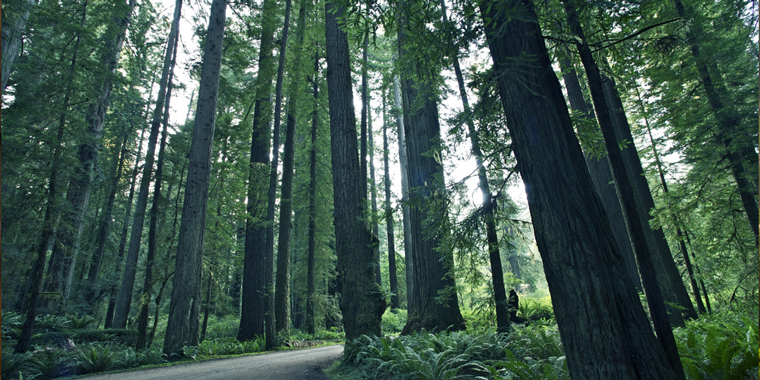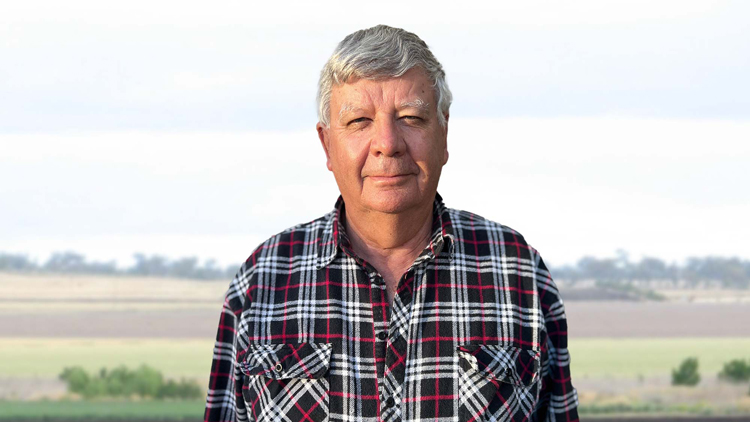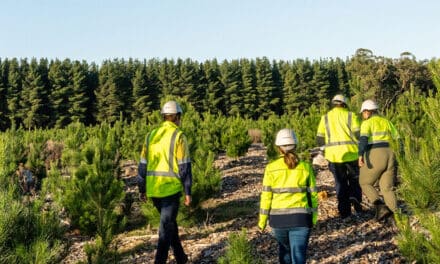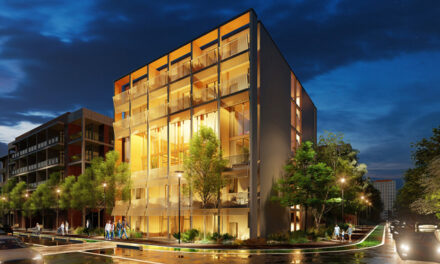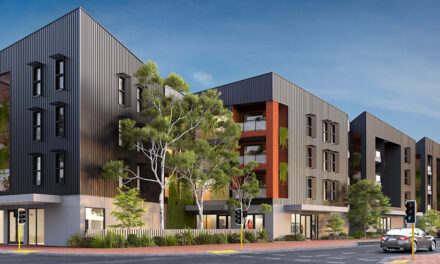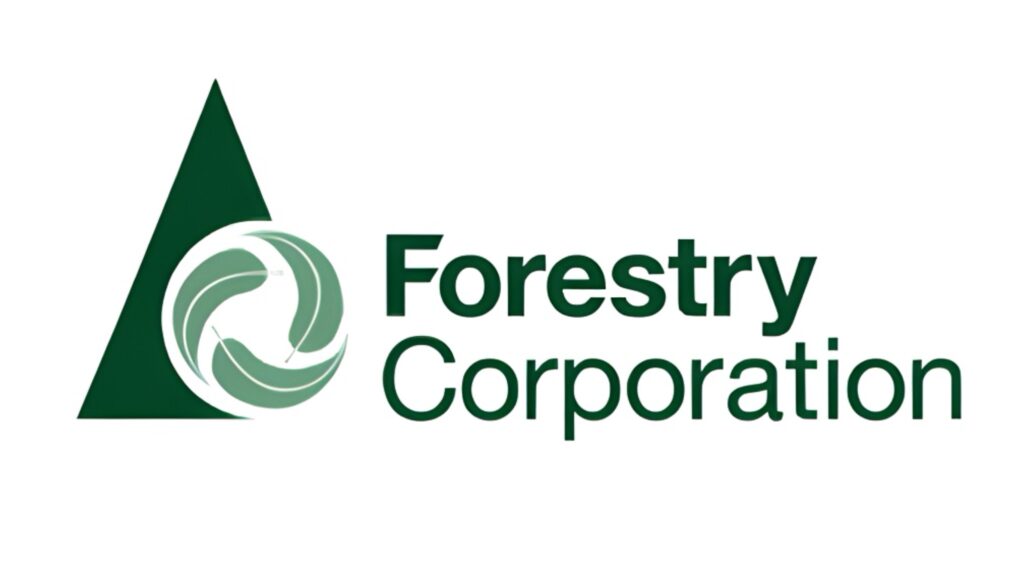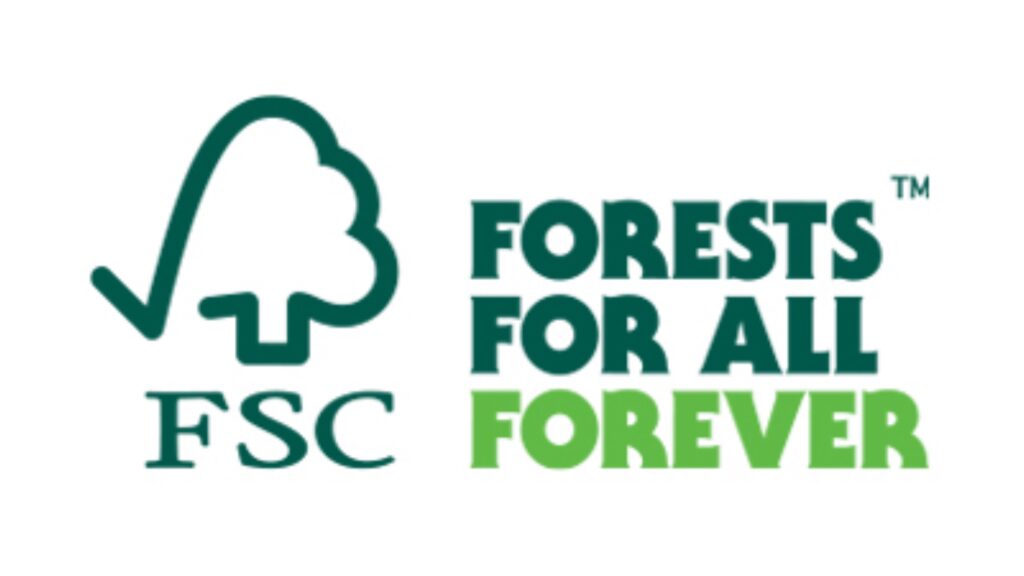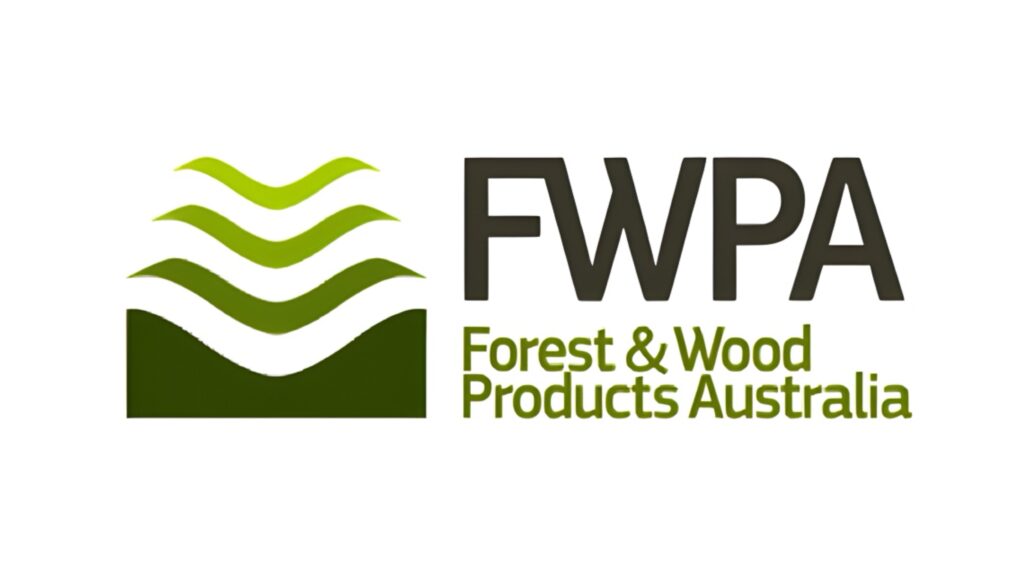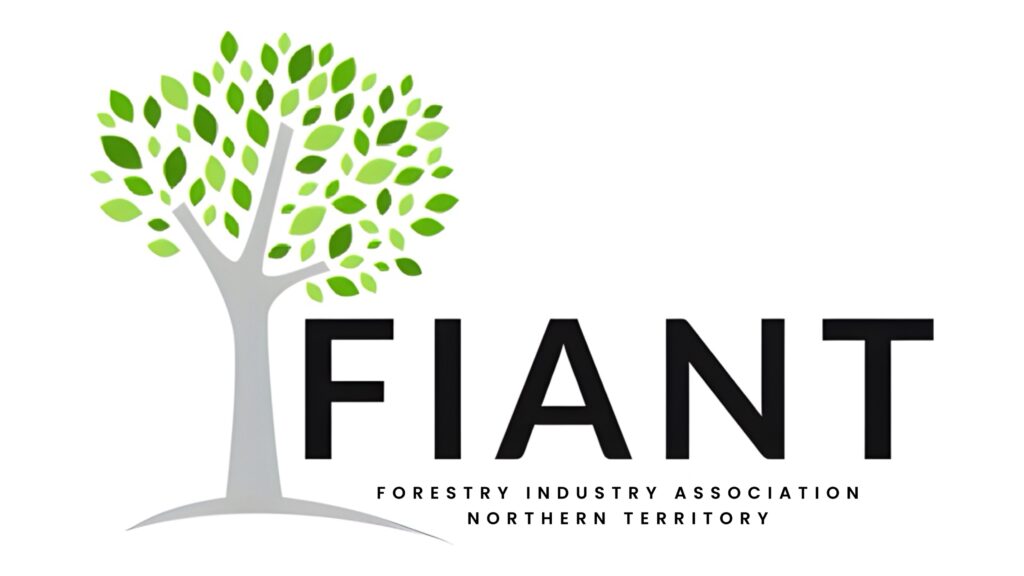REEF URGES ACTION BY ALBANESE GOVERNMENT
Mr Noel Atkins, chair of Research Energy & Environment Foundation (REEF) Forestry Awareness Program.
Image: supplied REEF
The Resources Energy & Environment Foundation (REEF) urges the Albanese Labor Government to consider the environmental contribution to the nation made by those working in the native hardwood timber industry in NSW, when considering any changes to environmental legislation.
For every native hardwood tree harvested, more than one tree is replanted or regrown. REEF Forestry Awareness Program chair Noel Atkins said retaining a sustainable and environmentally responsible native hardwood timber industry is essential for Australia’s future, its sovereignty and rural NSW communities.
“Native hardwood timber forest workers are proud environmental custodians, sustaining a precious commodity for future generations. Native hardwood trees take 30-50 years to reach maturity before they can be harvested,” Mr Noel Atkins said.
“Native hardwood timber is sustainably harvested in accordance with strict regulatory codes to protect the regrowth of forests for the benefit of flora and fauna.
“Harvested trees are replaced with new ones through natural seeding, regrowth or plantation, which provides continual carbon storage. They are the ultimate renewal which can be continually regrown and harvested, reducing the high carbon input where steel, plastic and concrete are used.”
A sustainable, responsibly maintained timber industry helps reduce reliance on overseas products. Australia imports more than $5 billion of timber and wood products, particularly from Southeast Asia.
Hardwood Timber management in NSW is balanced and is responsibly managed. Decisions are made on how to meet the growing demand in the future. The Forestry Corporation of NSW manages around two million hectares of native hardwood forest, 35,000 hectares of hardwood plantations, and 225,000 hectares of softwood (pine) plantations. The available harvesting area of State Forests in NSW is less than 12 percent. Of this, a little more than one percent of the forest is subjected to selective harvesting each year, which is then regenerated for future use.
Native plantation forests, while essential, are complimentary to the vast area of native hard wood forest currently available and essential to meet the timber resource needs. They have a different forest ecology (mono forest) and are not suitable for several hardwood species that grow in a natural hardwood multi-forest such as Tallowwoods.
“It is estimated there are more than 8900 direct jobs in NSW and up to 22,000 people employed across the state considering the supply chain from forest management to retail products,” Mr Noel Atkins said.
Tallowwood, Ironbark, Turpentine, Mahogany are only available in native hardwood forests. They are used in structural and infrastructure projects such as railways, mining, wharves, jetties, bridges, fencing, farming. Specialty hardwood native timbers such as Brush Box and Blackbutt are used as feature timbers in iconic buildings and structures like the Sydney Opera House, Sydney Darling Harbour Wharf Precinct at Barangaroo and Federal and NSW Parliaments.
REEF is a not-for-profit research-based organisation, made up of people with a range of skills and interests from a diverse group of communities. Their common aim is to improve regional communities through the environment, its people and future growth.
MAIN PIC: Shutterstock

